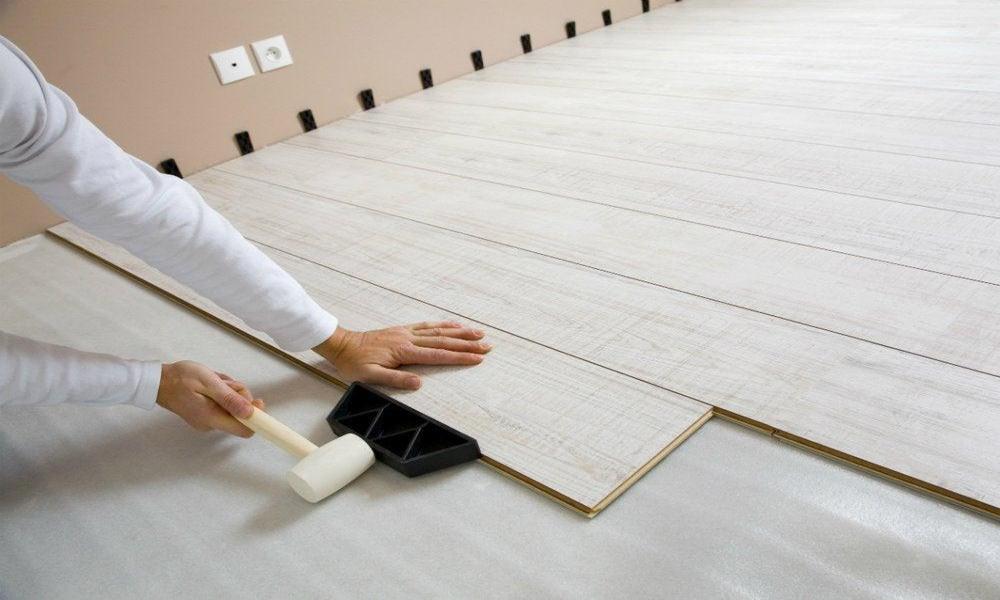Installing flooring can change the look and feel of your home or official, and add value which enhances its overall appeal. Proper flooring installation needs careful planning, and consideration of several factors to specific methods. Understanding the essentials of flooring installation is crucial to ensure a successful and long-lasting outcome if you hire a professional or DIY enthusiast. Let’s explore everything you need to know about flooring installation, covering essential aspects, common types of flooring, installation methods, preparation, and maintenance.
● Choosing the Right Flooring Material
Before selecting the correct flooring material, it’s important to select the right flooring material that suits your needs, budget, and style preferences. Some common flooring options include laminate, hardwood, carpet, vinyl, tile, and engineered wood. Each material has its distinctive characteristics. Consider aspects such as maintenance requirements, durability, moisture resistance, and aesthetic appeal when making your choice.
● Pre-Installation Preparation
Proper preparation is essential to get a successful flooring installation. This step involves properly measuring the area, considering the subfloor condition, and ensuring a clean and level surface. If the subfloor is uneven or damaged, it may require to be replaced before proceeding with installation.
● Tools and Materials
Collecting the essential tools and materials beforehand can facilitate the installation process. Some commonly used tools include a chalk line, tape measure, hammer, saw (circular or miter), pry bar, utility knife, spacers, and safety equipment. The necessary materials for installing the floor may include adhesive, underlayment, nails or screws, transition strips, and finishing products detailed to your chosen flooring type.
● Installation Techniques
The installation process of floor techniques varies depending on the flooring material you’ve selected. For example, different flooring materials require different tools for installation hardwood flooring may require nailing or stapling, and laminate or vinyl planks use a floating or click-lock system. When you follow the manufacturer’s instructions and guidelines specific to your chosen flooring type. Proper installation methods ensure a stable, secure, and visually pleasing result.
● DIY vs. Professional Installation
When you decide to handle the installation yourself or hire professionals, it depends on skill level, time availability, and the complexity of the project because professional installers or experts bring efficiency and expertise, and guarantee the job is done right. Complex installation materials may be better handled by professionals to avoid costly mistakes.
● Post-Installation Care and Maintenance
Once the flooring is properly installed, it’s significant to understand the care and maintenance needs to ensure its longevity and appearance. Different installing floor materials have specific cleaning and maintenance guidelines. When you do regular sweeping, vacuuming, and prompt cleanup of spills so it’s essential to prevent damage. Also, you should know how to deal with common issues like stains, scratches, or loose planks because it will help you maintain the beauty of your new flooring.
Conclusion
Flooring installation is an effective investment that can greatly enrich the aesthetics and functionality of your home. You should consider the factors mentioned above, such as material selection, installation methods, pre-installation preparation, and maintenance practices, so you can accomplish a successful flooring installation that stands the test of time. Hire a professional who knows and understands the process which ensures a satisfying outcome that meets your needs or expectations. A well-installed floor encourages the beauty and comfortable living space.


